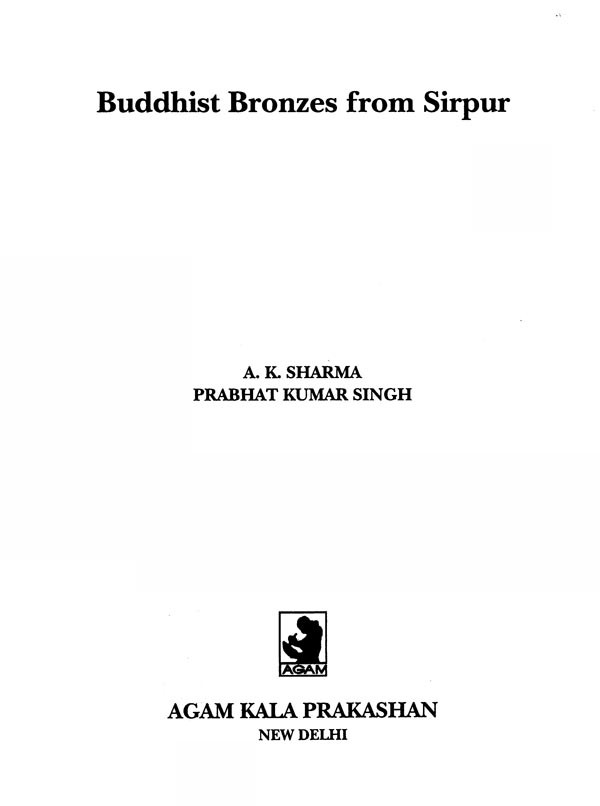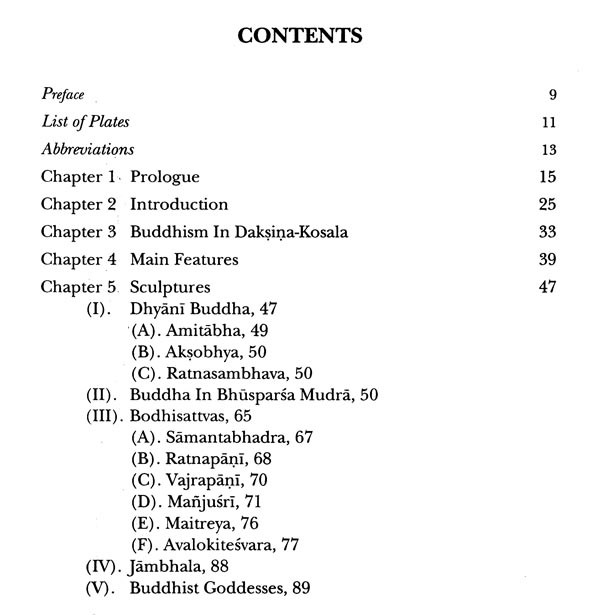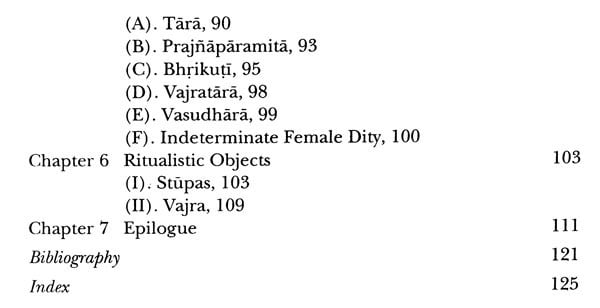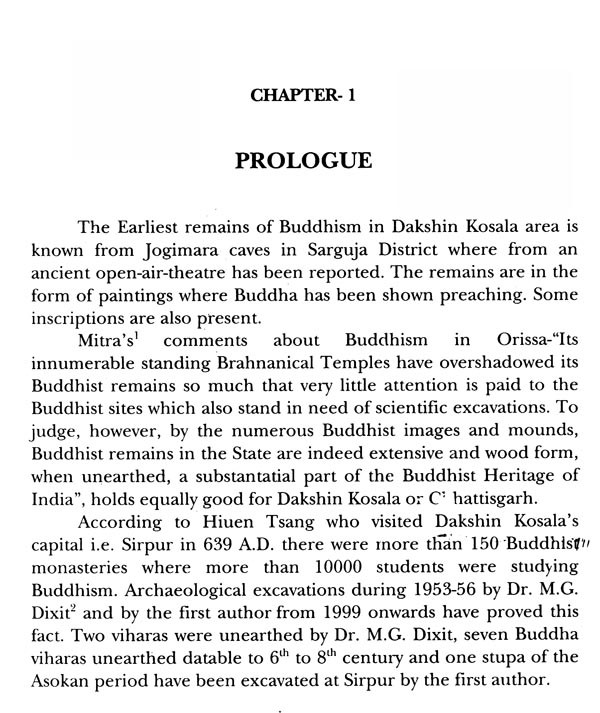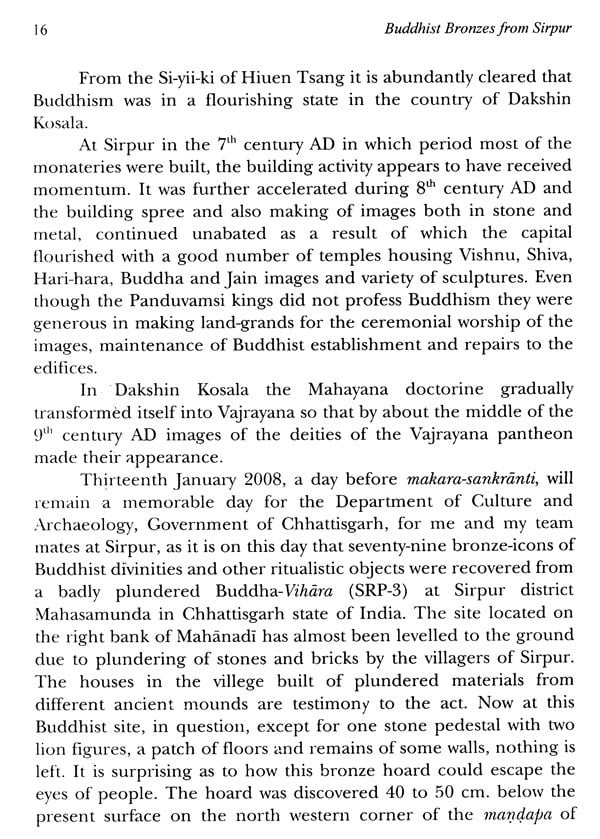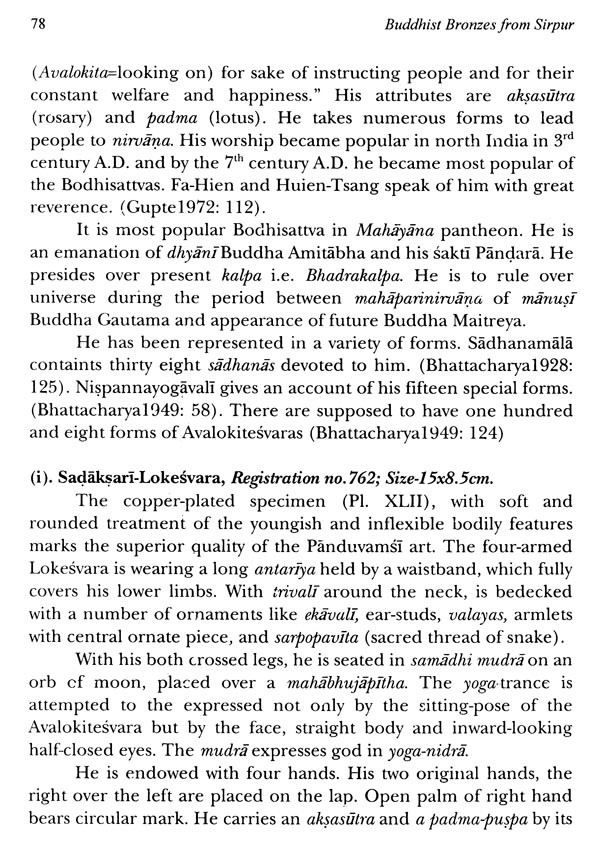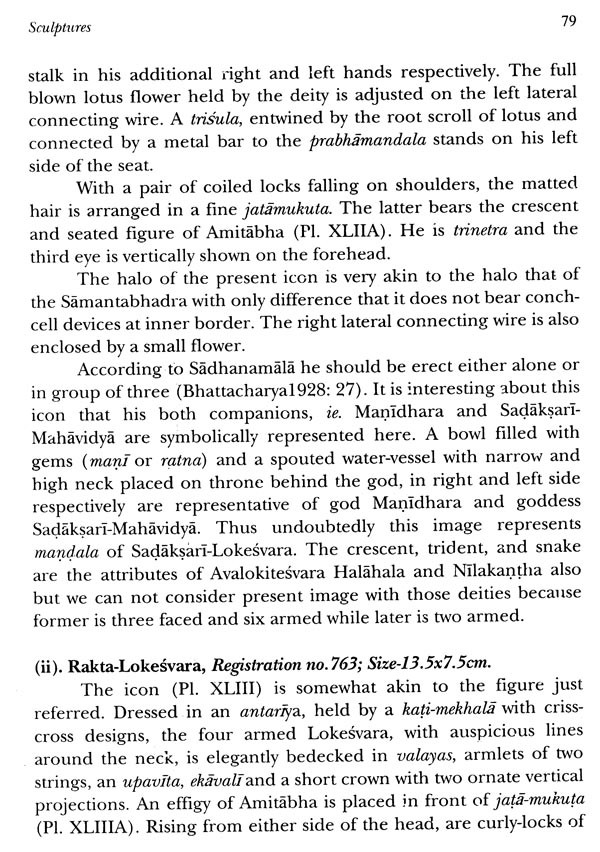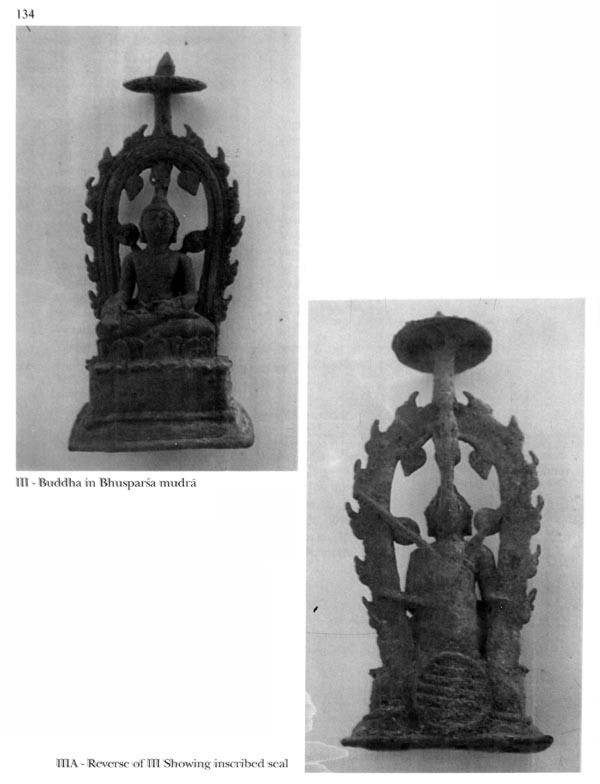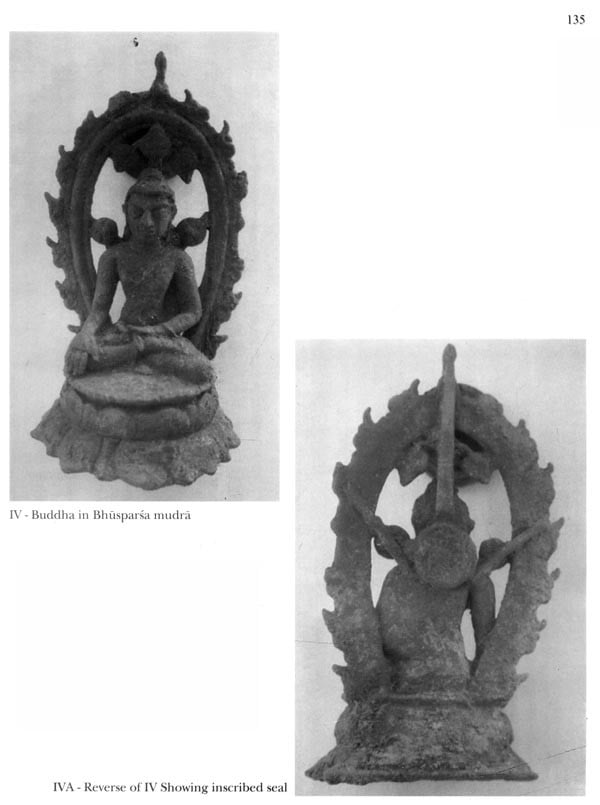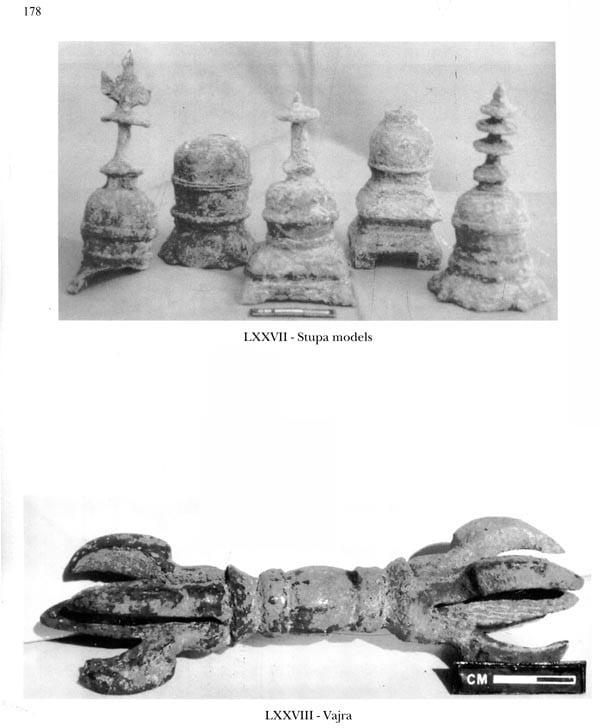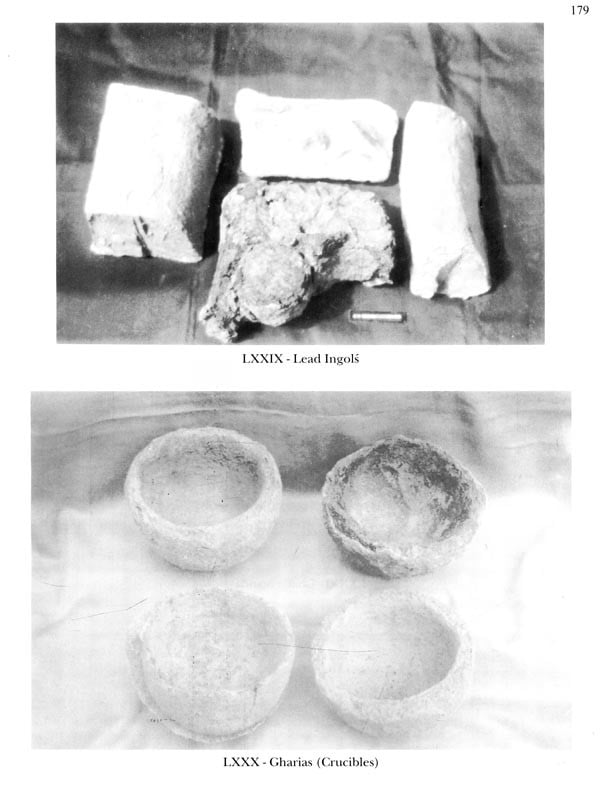
Buddhist Bronzes From Sirpur
Book Specification
| Item Code: | AZG776 |
| Author: | A.K. Sharma and Prabhat Kumar Singh |
| Publisher: | Agam Kala Prakashan, Delhi |
| Language: | ENGLISH |
| Edition: | 2010 |
| ISBN: | 9788173200960 |
| Pages: | 180 (Throughout B/w Illustrations) |
| Cover: | HARDCOVER |
| Other Details | 11.00x9.00 inch |
| Weight | 840 gm |
Book Description
The moulded silver and platings demonstrate the developed sculptural Art both stone in the this part the presently entrenched called back-ward First time find Vajra etc. show that Buddhism was Dakshina Kosala right from 3rd. B.C., to least 10th.cent.A.D. the development Art in India remove misconceptions. continuation metal crafts mamship still surviving the remote of baster particular and in villages Chhattisgarh the Dakshin Kosala.
1. Emergence of Early Culture North East India
2. Manipur the Glorious Part 3. Early Man Eastern Himalaya
4. Prehistoric Delhi and Its Neighborhood
5. Early Man in Jammu Kashmir and) Laddakh
6. Prehistoric Burials of Kashmir,
7 The Departed Harppans of Kalibangan 8. Archaeo-anthropology of Chattisgarh
9. Indian Megaliths 10. Heritage of Tansa Valley
11. Excavating Megalithic Rock-shelters
13. Ecxavating in Cave, Cist and Church
14. Sculptures Art of Mansar
15. Sirpur, Town Planning and Architecture
He has edited Puraratna and Puraprakash and is editor of Puramanthan and yearly magazine on recent advances Archaeology. Presently he is directing excavations at (Maharashtra), Shirpur and Madku Dweep (Chhattisgarh), He has established Archaeological Museum at Mansar and Maa Annandmayee Smriti Museum at Kankhal (Haridwar), Presently he is Archaeological adviser to Govt. of Chhattisgarh and as a member of standing and restructing Committee of Archaeological Survey of India.
Prabhat Kumar Singh young and energetic Archaeological Govt. of Chhattisgarh is Working at Sirpur excavation written on Bronzes and Copper Plates Excavations.
After the discovery in January 2008, I and my colleague Shri Prabhat Kumar Singh thought it proper to bring it to the notice of academic world as early as possible and started working on it. The result is this book. As I am not an expert on iconography, I call upon the expert scholars to help me improve upon them by offering their valuable suggestions. I am very much thankful to the Government of Chhattisgarh for giving me an opportunity to continue my excavations at Sirpur, after 2003-04 which resulted in the discovery of so many unknown facts about Sirpur's architectural, iconographic, epigraphic wealth, town planning, trade contacts and social life.
According to archaeological sources unearthed so far, it was land of Buddhist-art and architecture of Daksina-Kosala where sculptures and architectures attained significant purity of form. Its mine sculpture and architecture proves that it was also a great centre all ancient Indian religions.
**Contents and Sample Pages**
